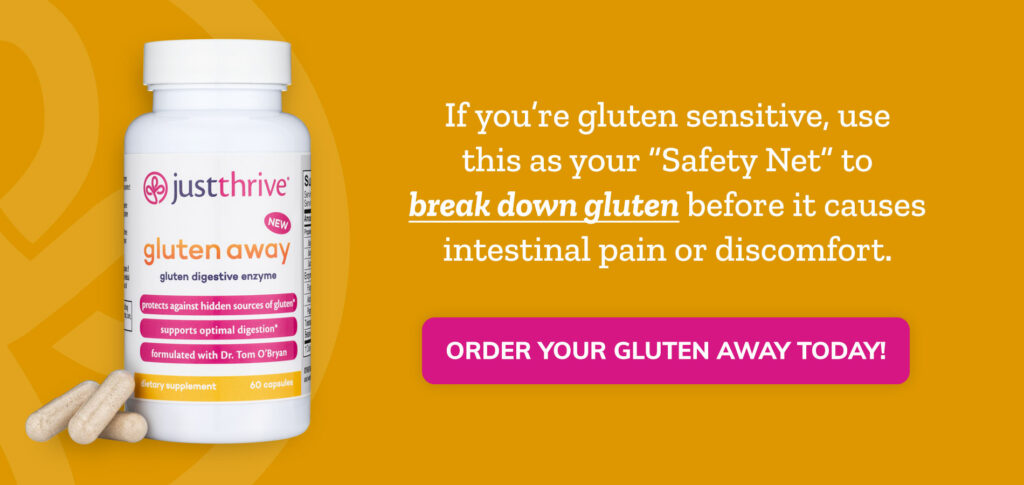So you’ve tried a gluten elimination diet and have identified gluten as a culprit in your health issues – whether digestive, mental, energy, etc. You’ve decided to remove products that contain gluten from your diet as a result. You’re making a difficult decision with the goal of improving how you feel and how your body functions.
While you begin to modify your grocery list, it’s important to be cautious of the lure of labeling. With this new framework of what you have chosen to eat, it’s easy for the fast-thinking part of the brain to see “gluten-free” on a label and quickly approve it for ingestion. However, many foods compensate for the lack of gluten by increasing amounts of other harmful ingredients. Others labeled gluten-free still contain ingredients that can wreak havoc in your body.
Common gluten replacement ingredients include rice flour, potato flour, corn starch and tapioca starch. All four of these are quite empty nutritionally, and significantly raise your blood sugar and insulin levels, even more so than if you were to eat wheat. This can lead to things like hypertension and heart disease. Look out for these starches in gluten-free breads and pastas.
Gluten-free grains and grain alternatives also commonly contain other lectins (gluten is just one of many types of lectins) that can be a factor in damaging the gut. Gluten-free cereal grains also contain prolamines, which are indigestible proteins that cause damage to the gut lining and can make their way past the intestinal wall into the bloodstream.
If you’re going gluten-free because of IBS or some of the symptoms that go along with it (irregular bowel movements, gas, bloating, etc.), avoid gluten-free foods that contain xanthan gum, gum arabic or guar gum. These gums are often used to replace gluten in baked goods, to help give the items the soft, chewy texture that wheat gluten usually provides. Because these gums are fermentable inside the gut, they can contribute to the previously mentioned symptoms of gas and bloating, something that people suffering from IBS will want to avoid. Keep an eye out for these in the ingredients lists of gluten-free foods that you find.
Check out Dr. William Davis, author of the highly controversial Wheat Belly, in his post on quality gluten substitutes to look for. He mistakenly has become the poster child for gluten-free, when in reality his aim is to shed light on how the wheat crop has been modified and turned into a “Frankenfood.” He’s avidly against junk foods being passed off as healthy because of the gluten-free label.
The solution here is if you’re going gluten-free, be sure to stick to a nutrition-rich diet filled with high-quality plant and meat proteins, fruits and vegetables, rather than simply swapping gluten-containing items with those marked “gluten-free.” Simply removing gluten from your diet won’t give you the improvements you’re searching for if you haven’t made other changes. For example, try swapping out spaghetti with spaghetti squash, instead of gluten-free pasta. Instead of packaged gluten-free bread, try getting freshly baked sourdough made with gluten-free grains, which can help the healing process of the gut from damage caused by gluten.

